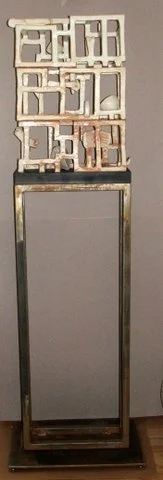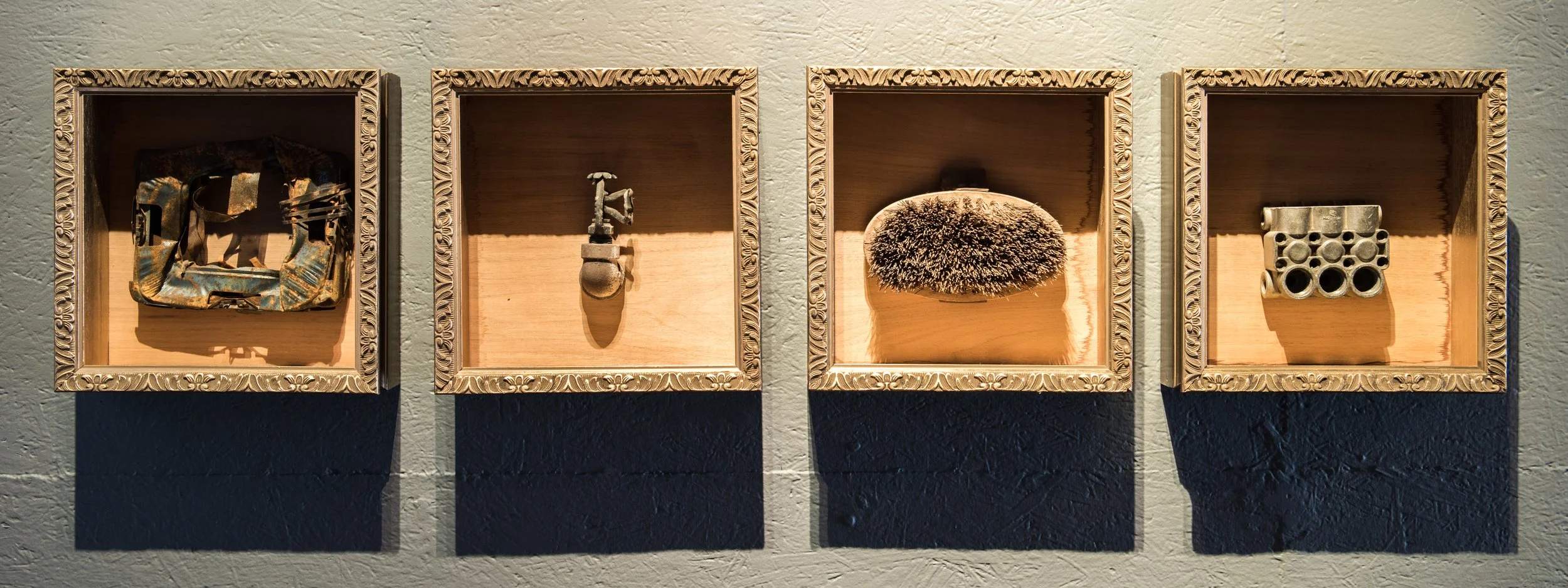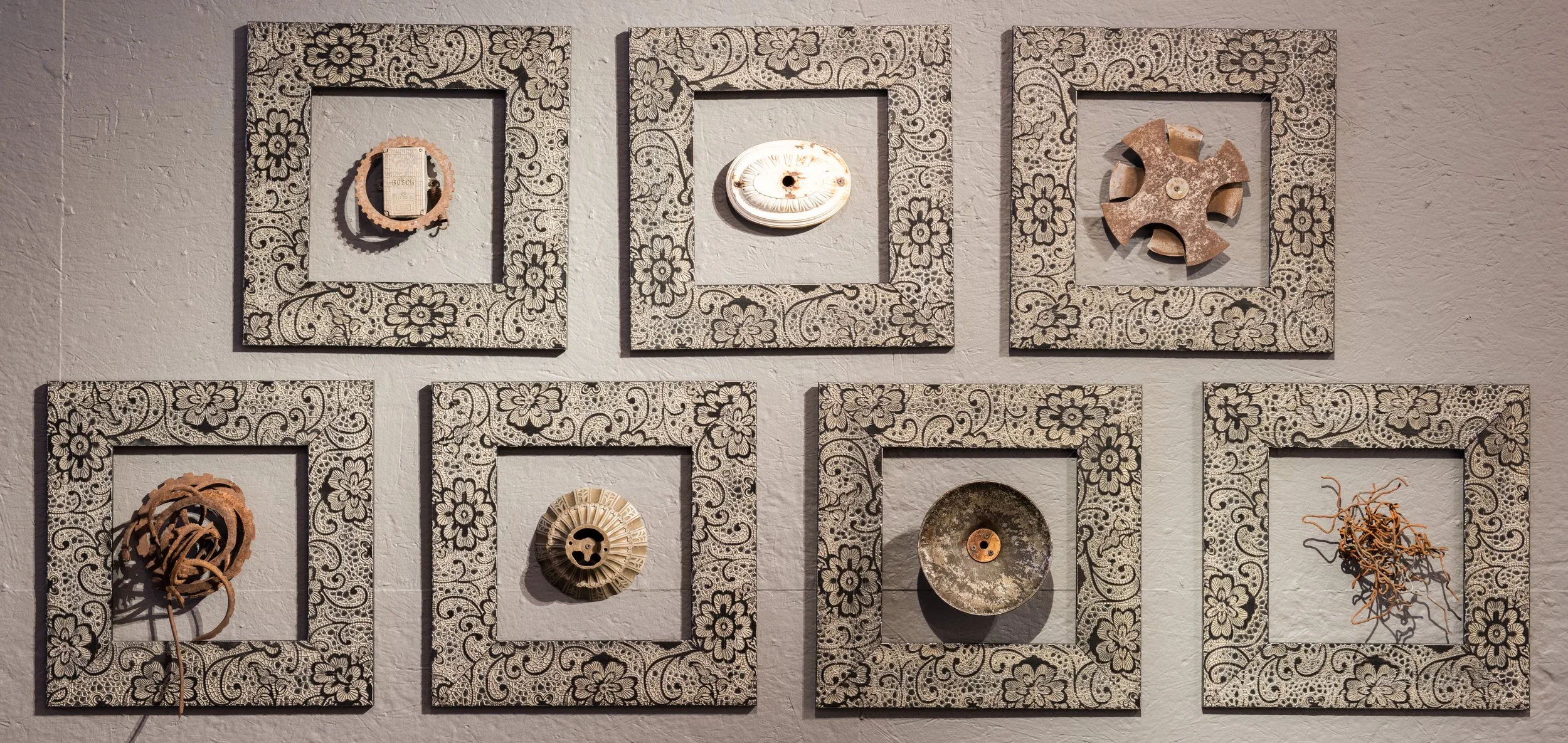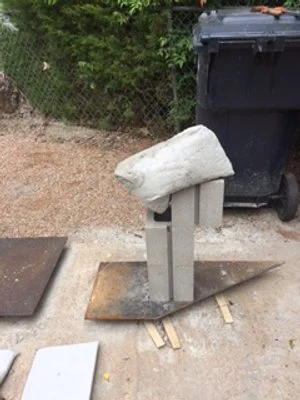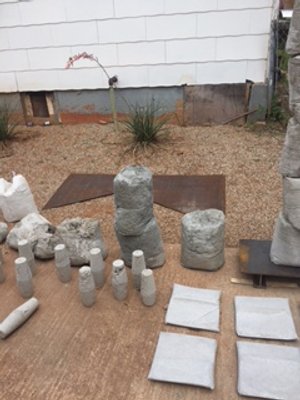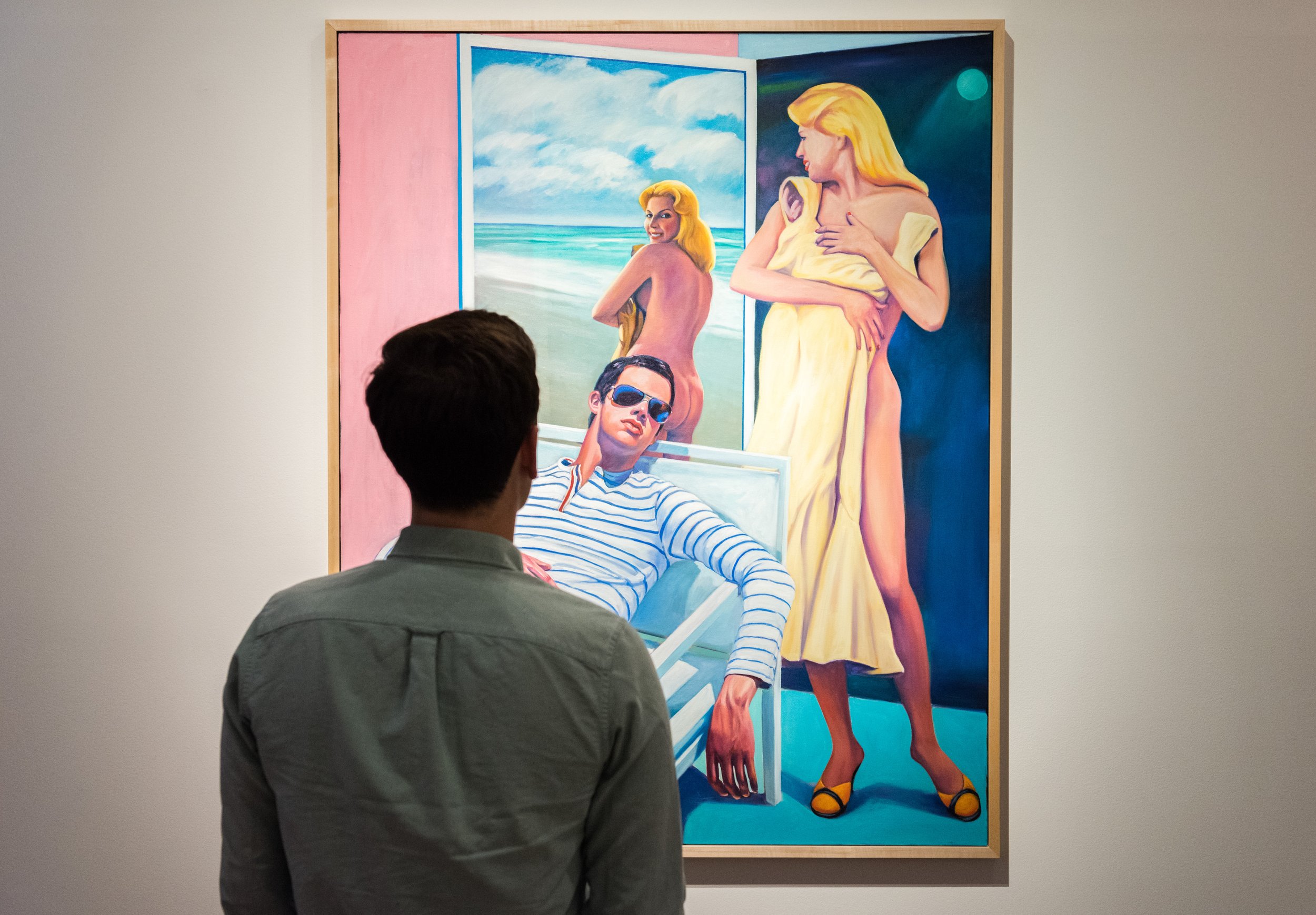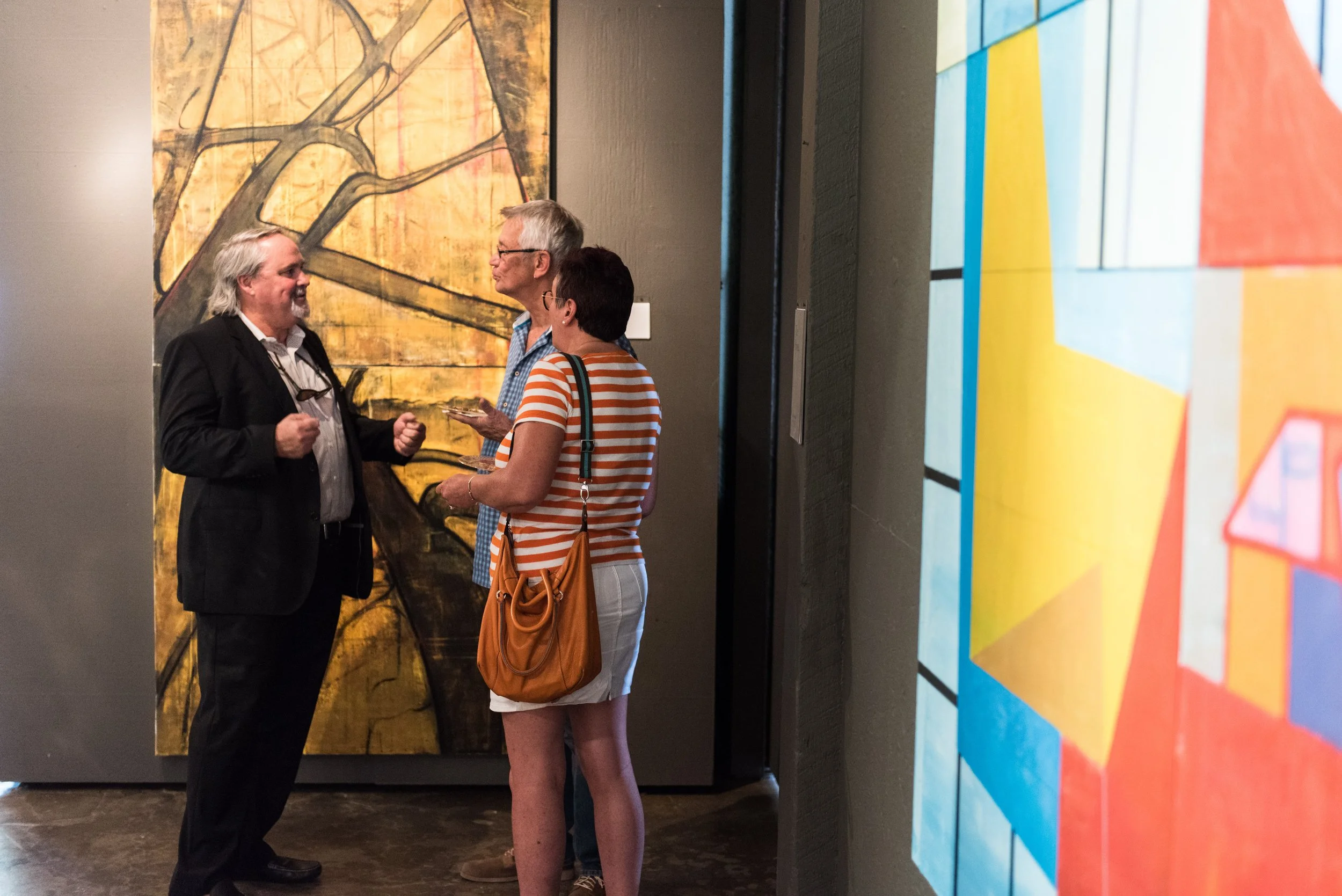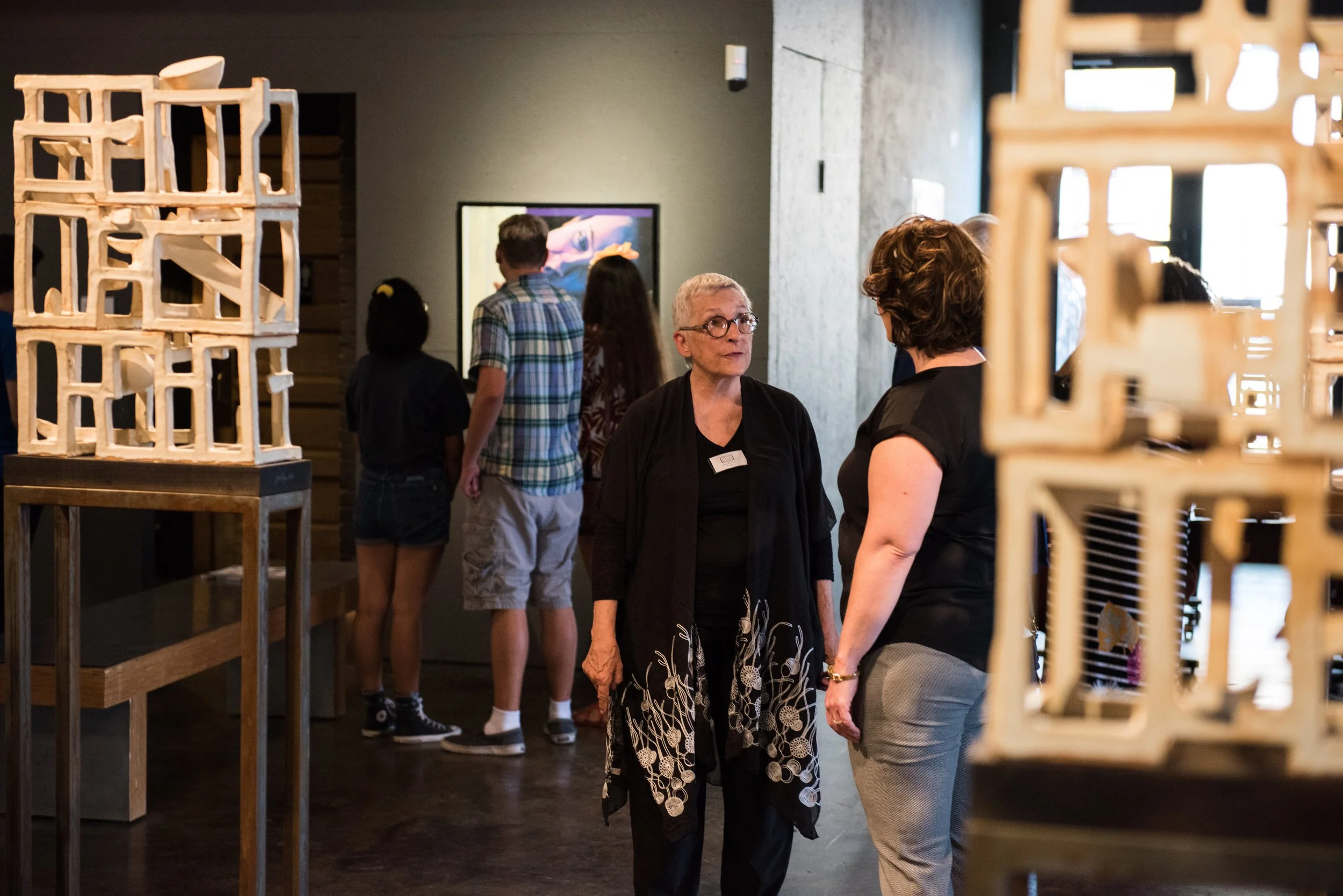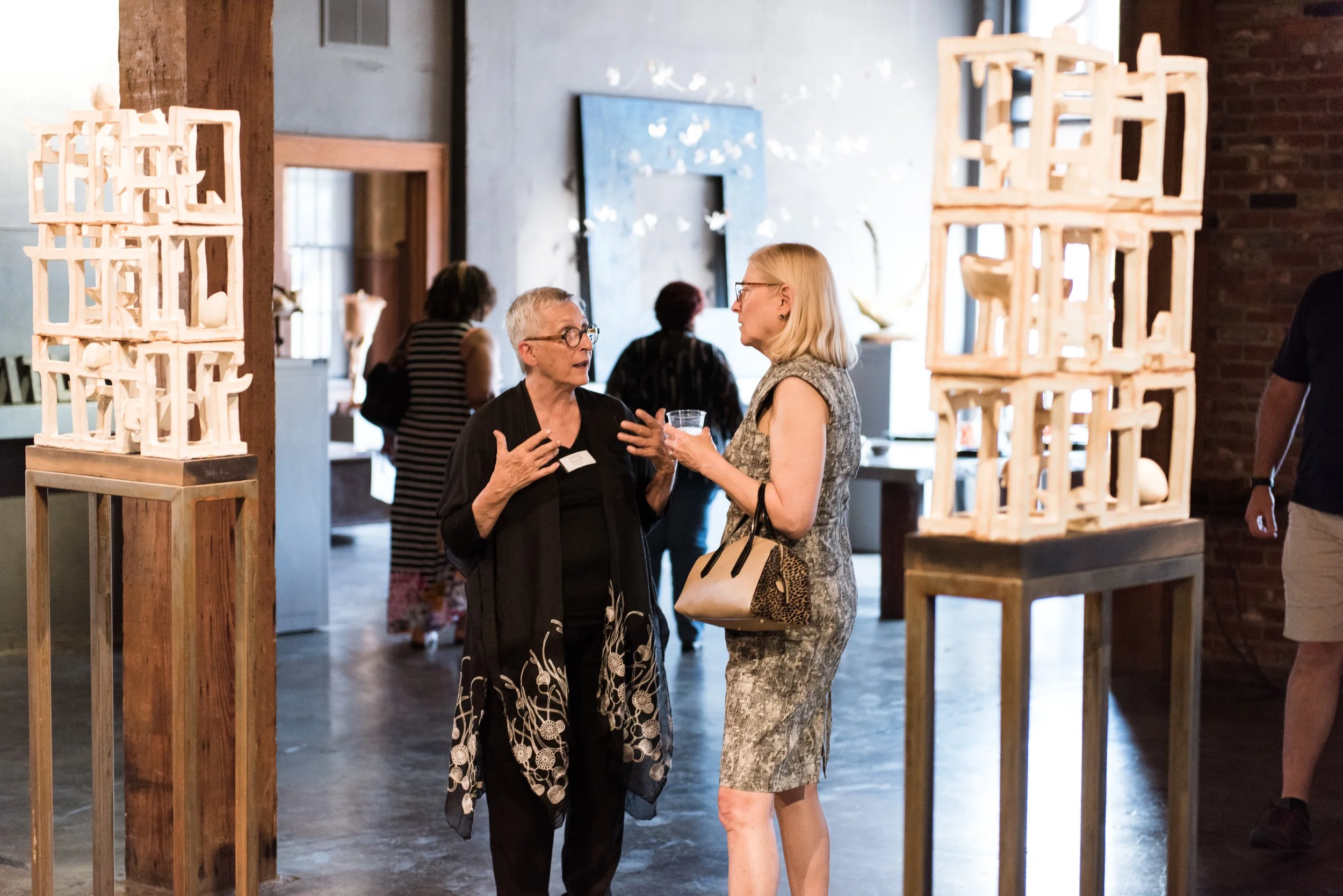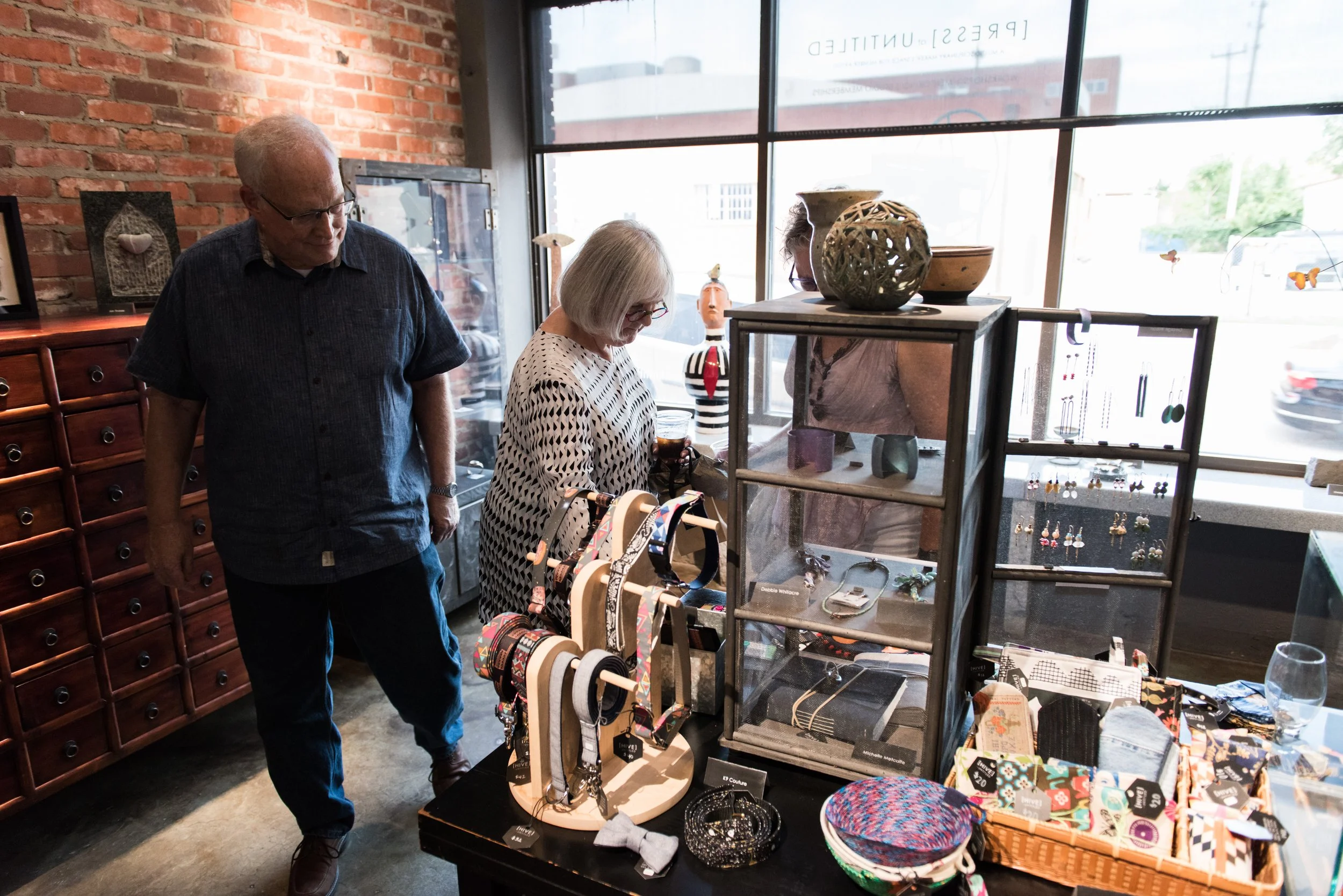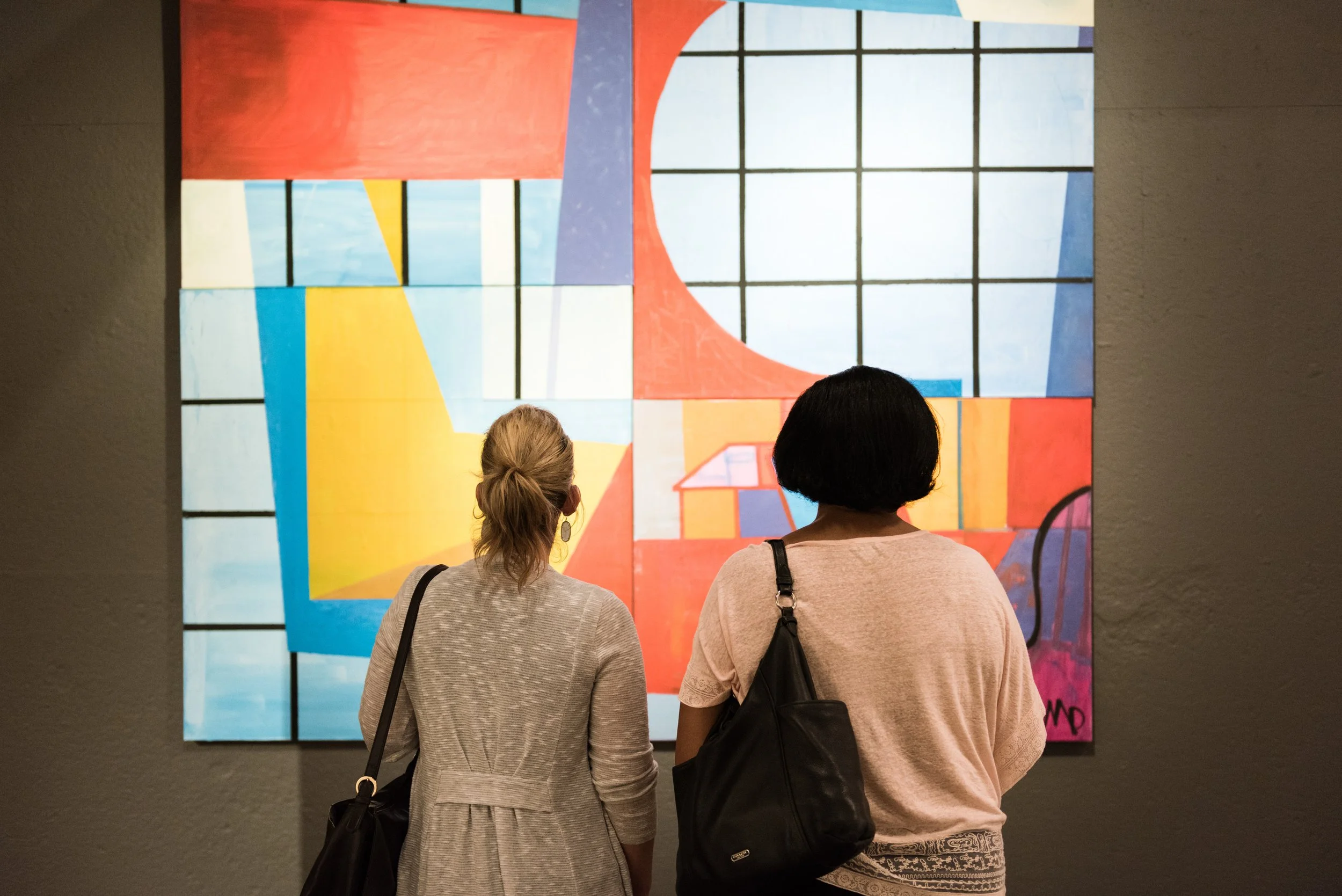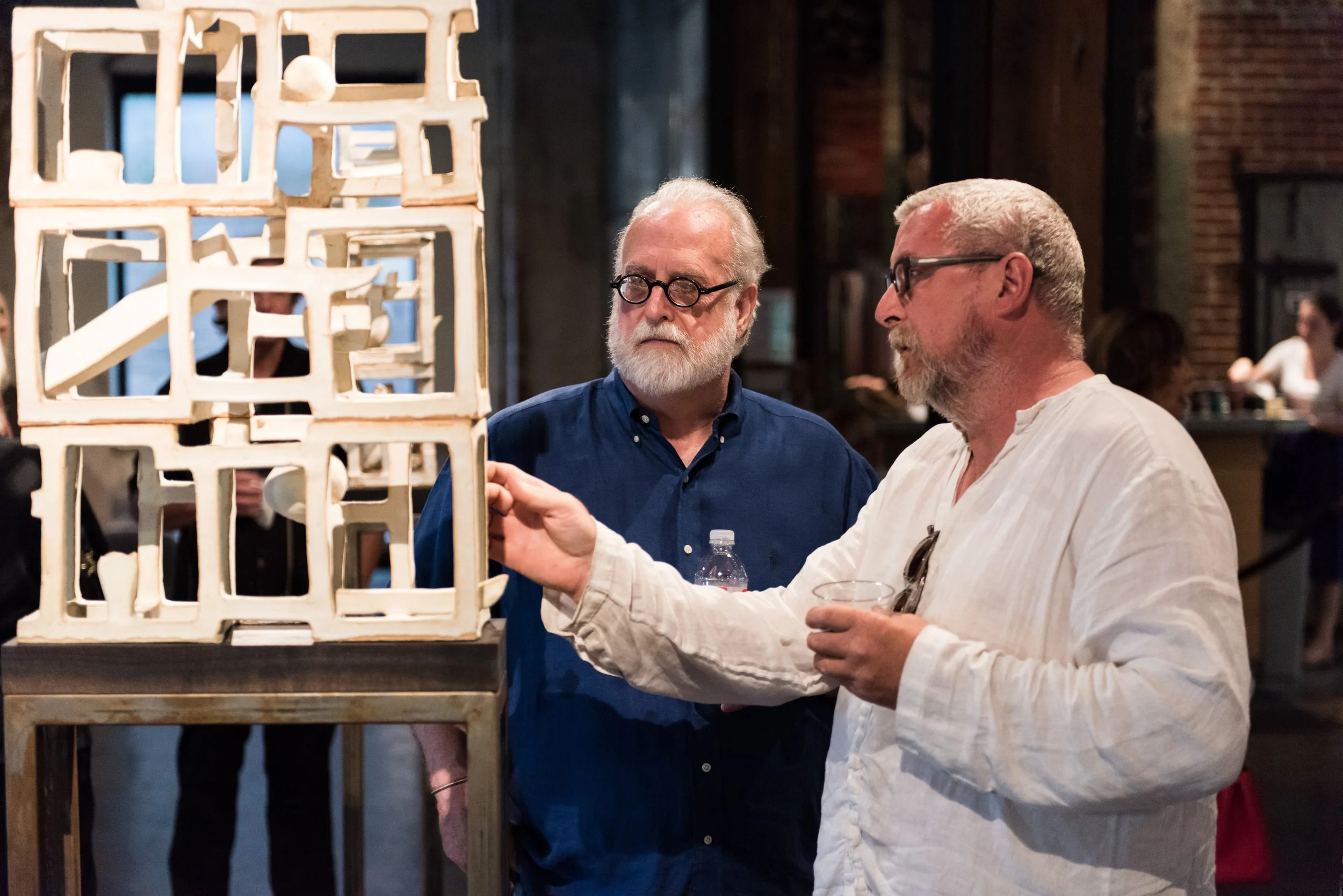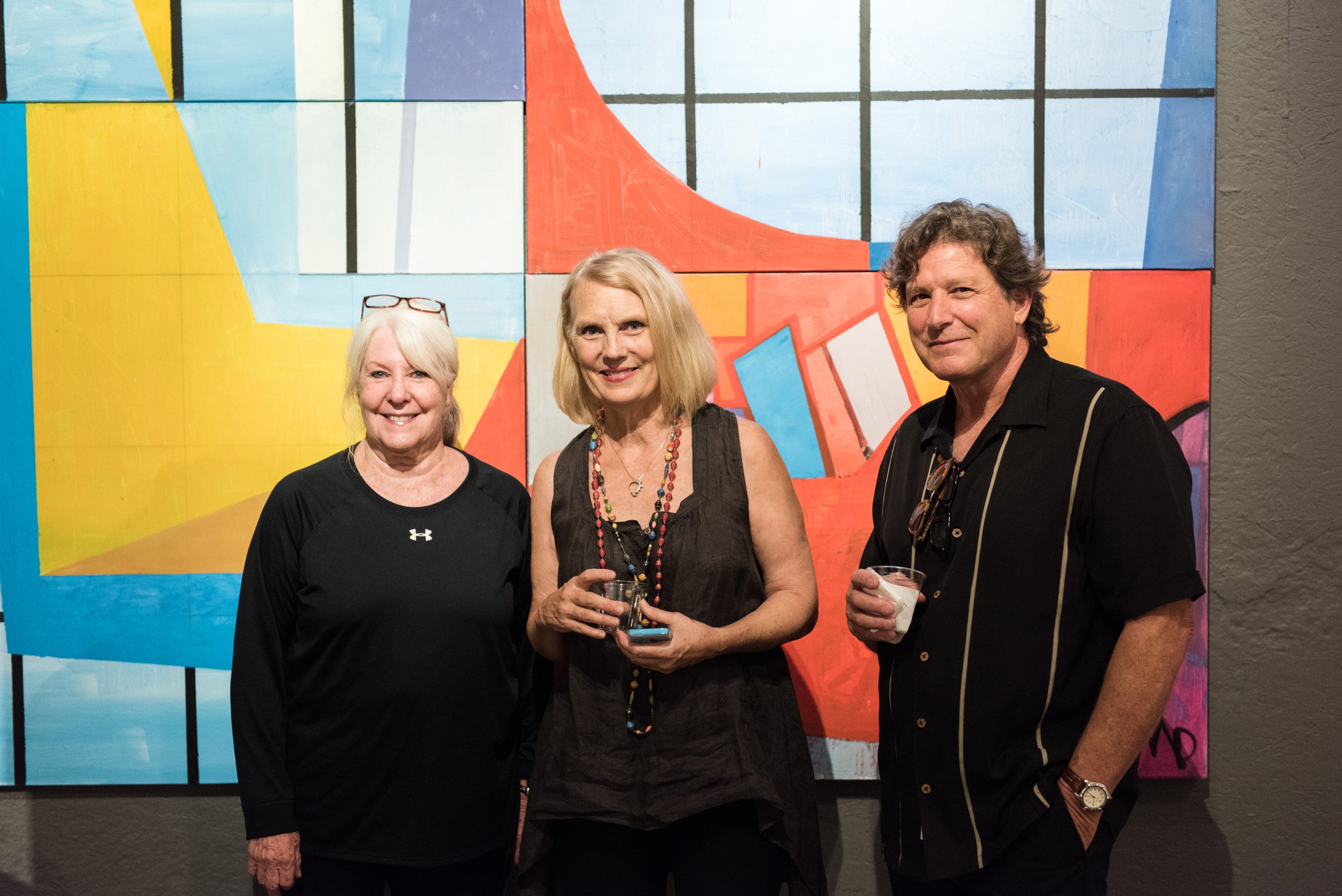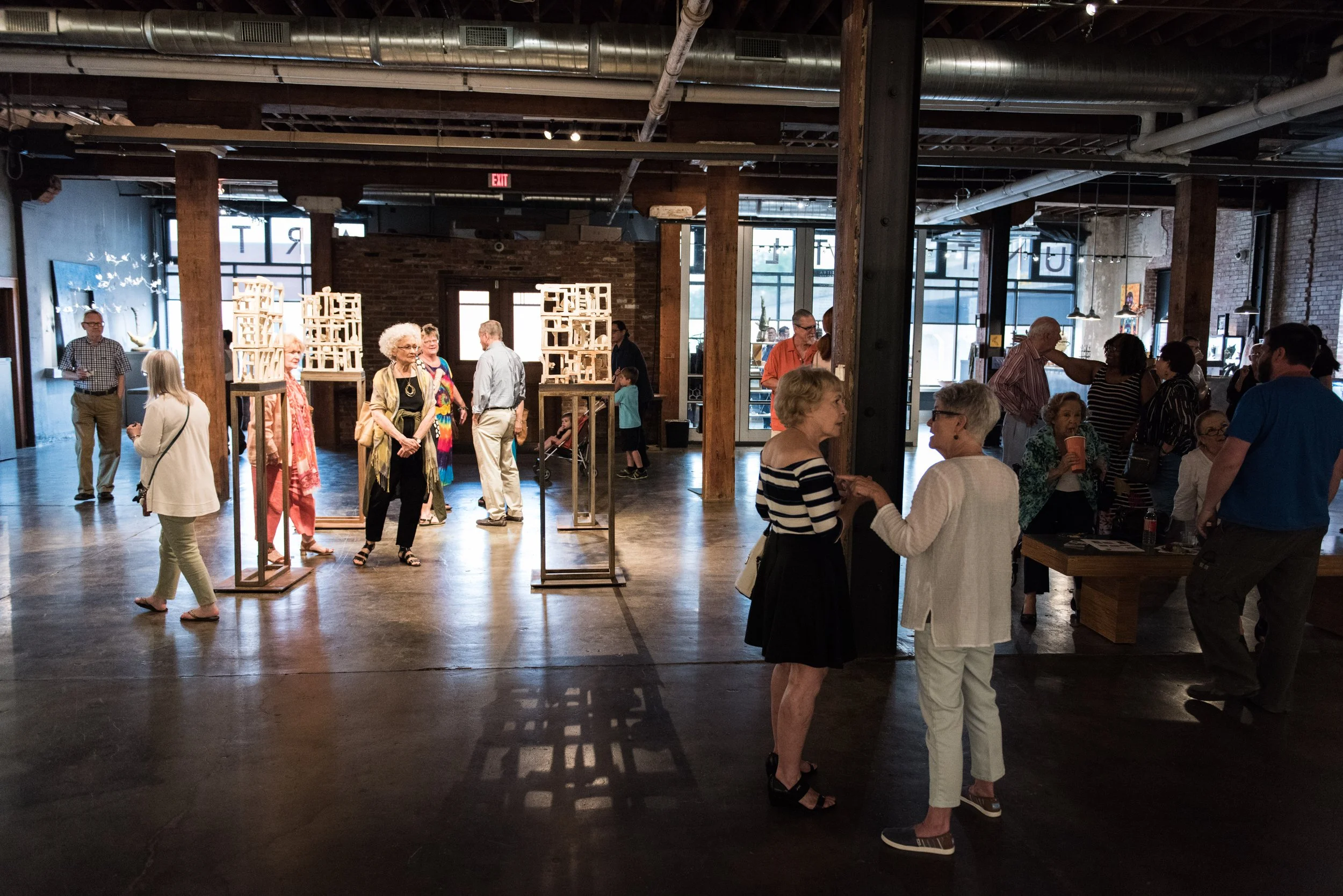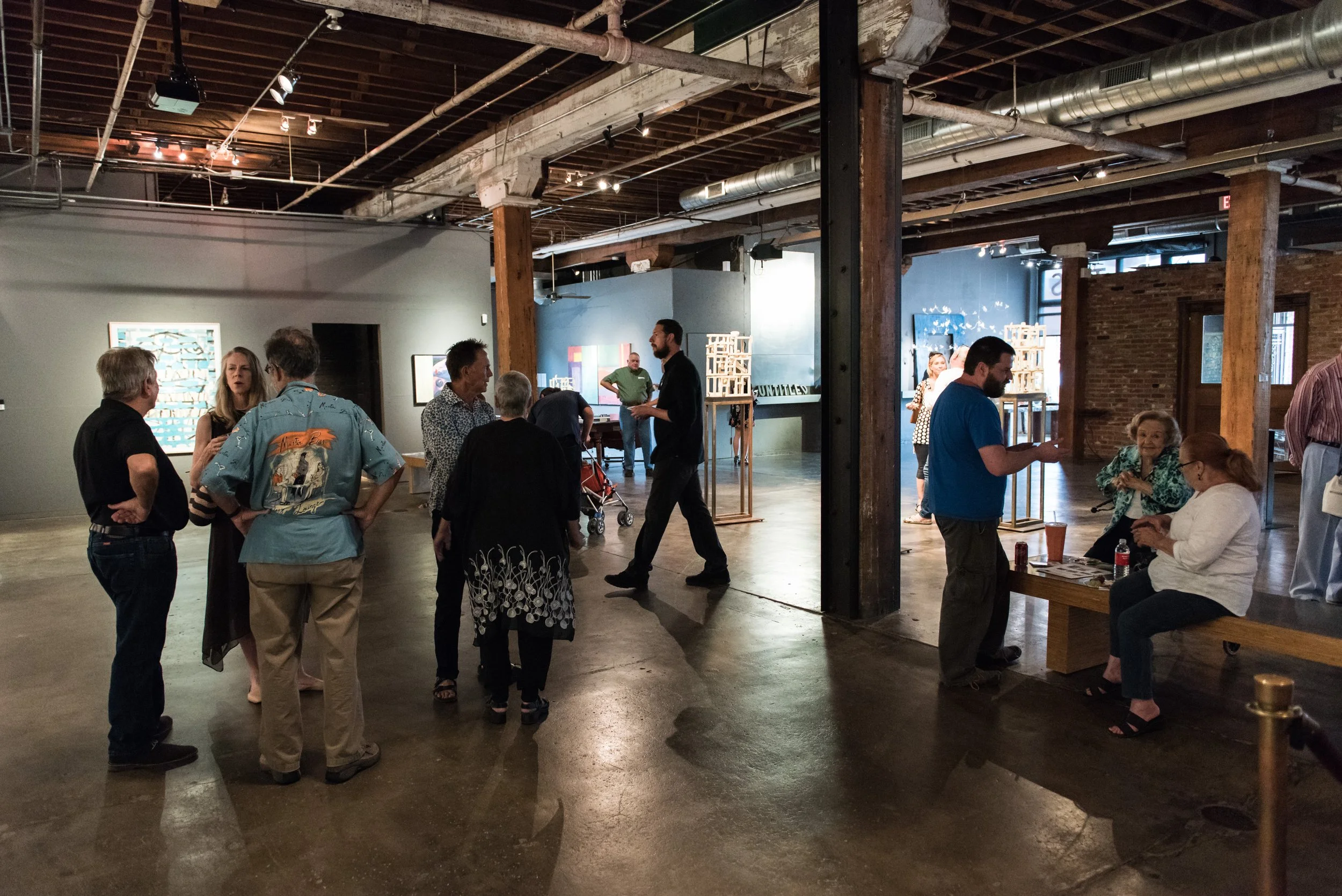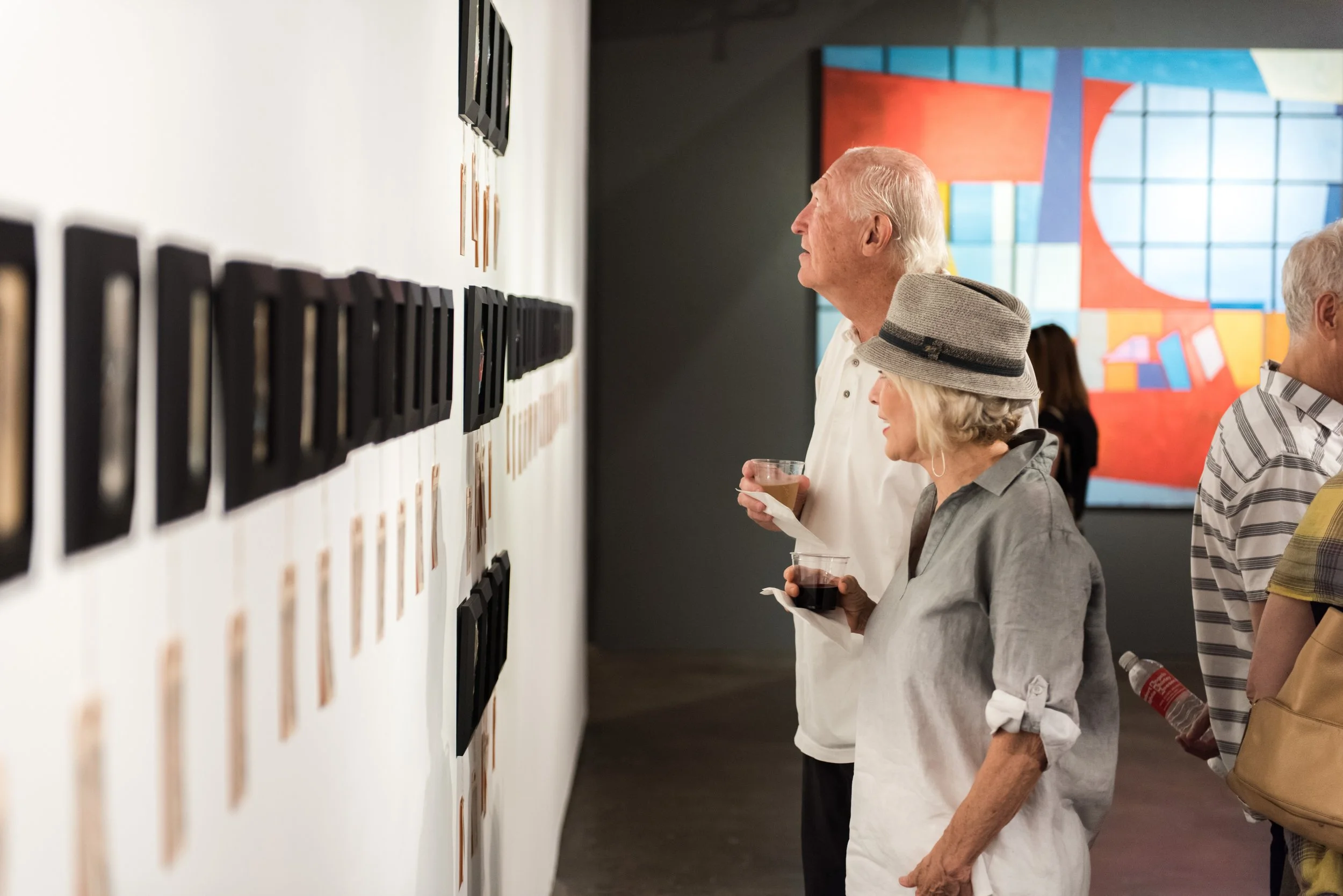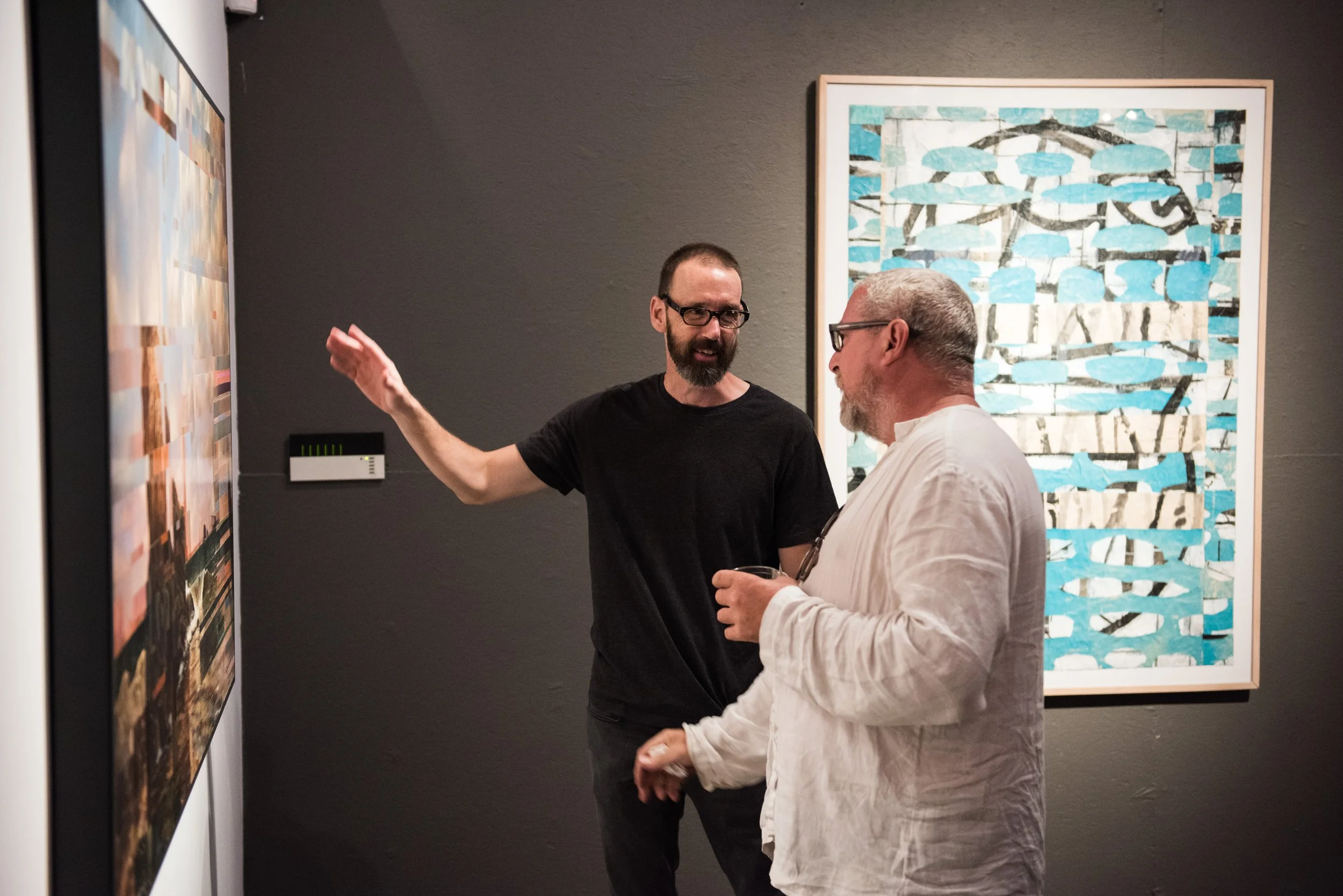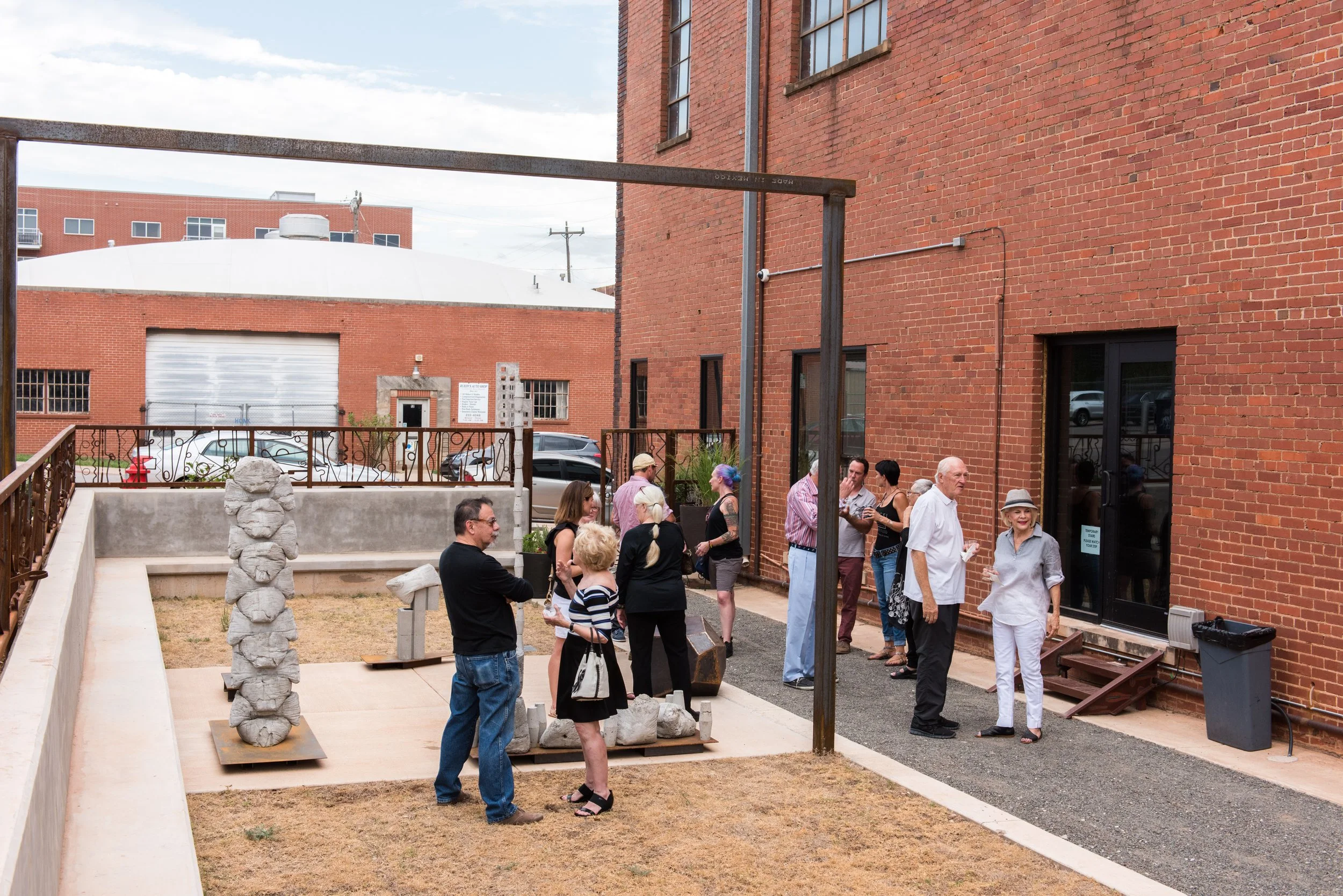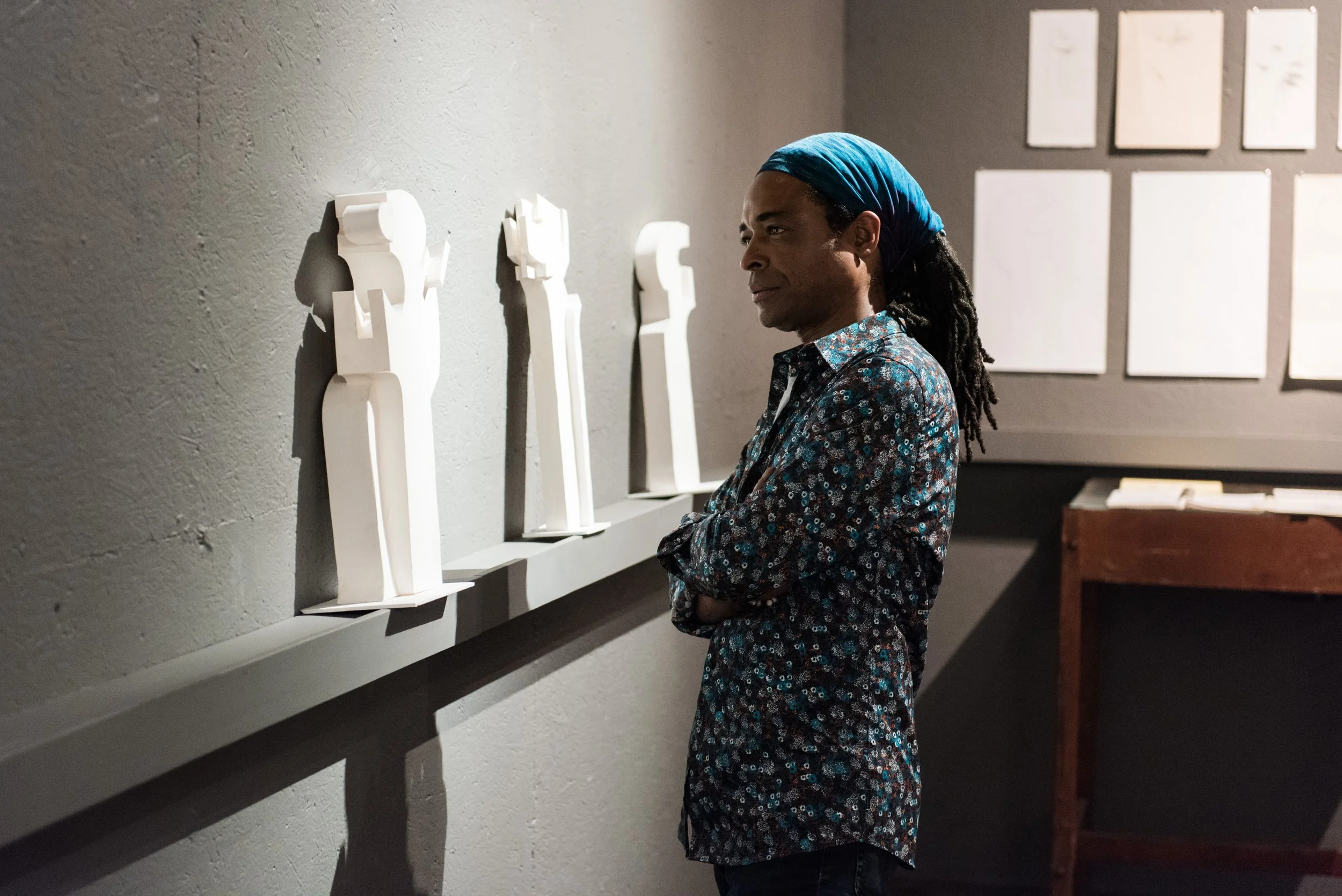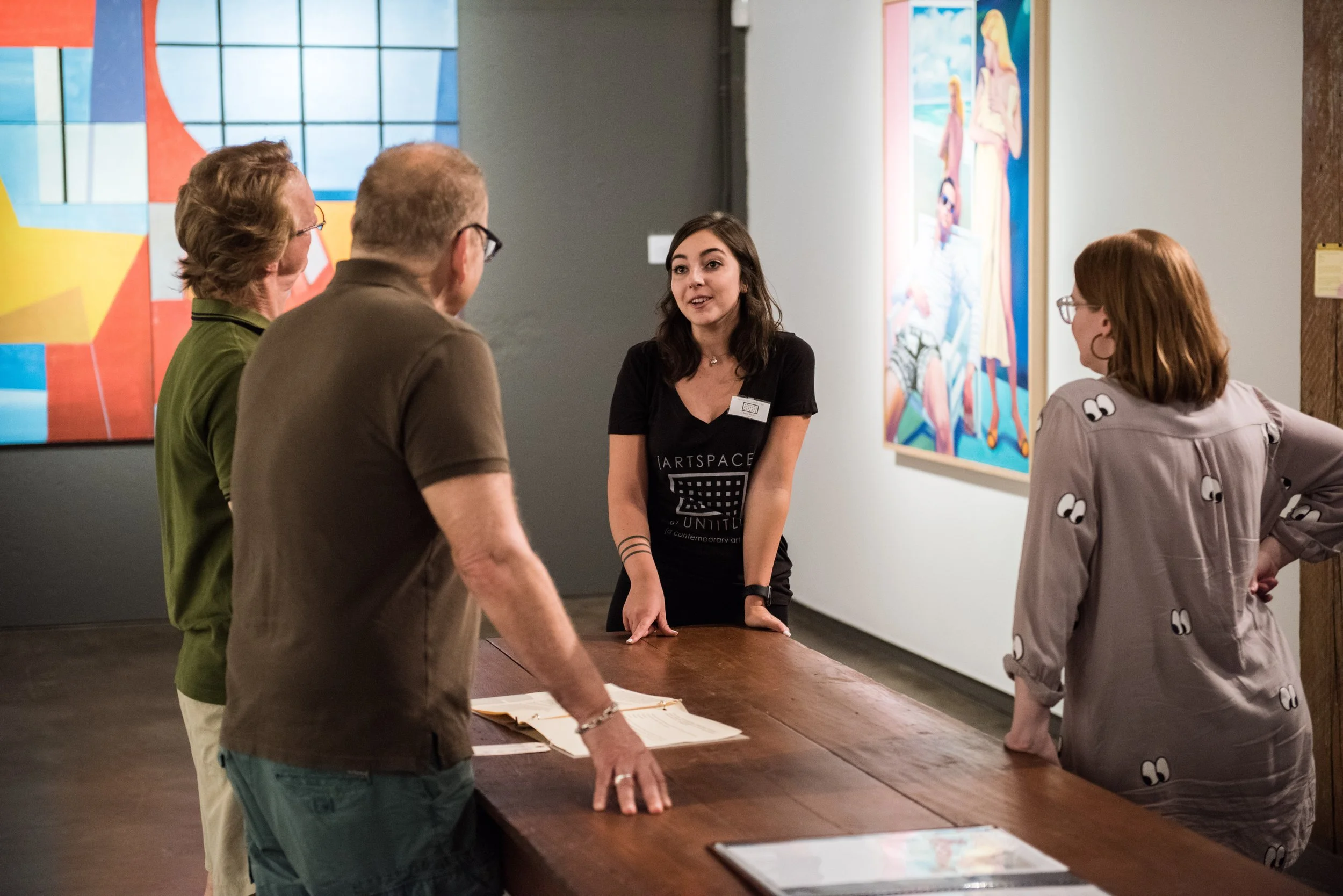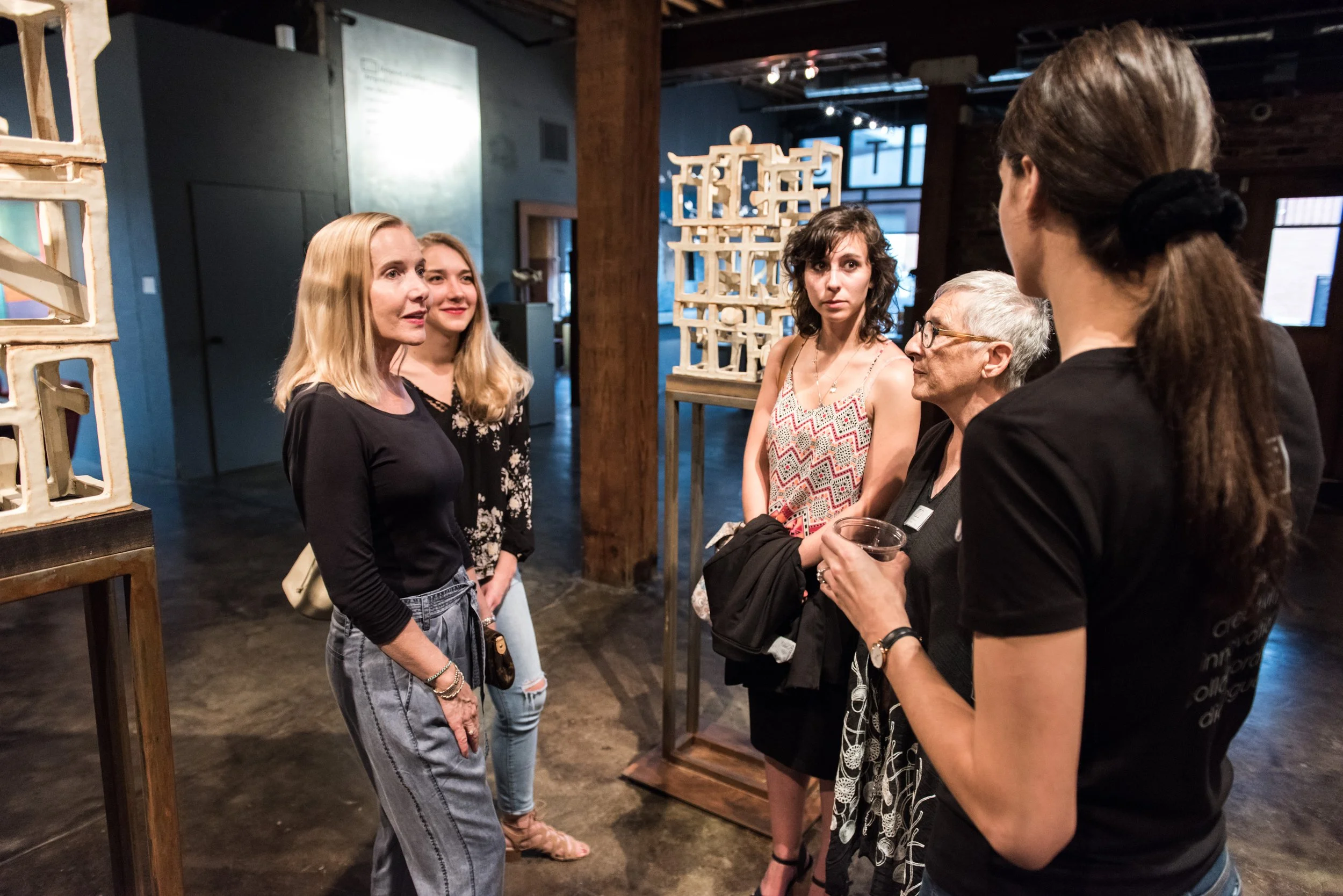Unquenchable Search is an exhibition dedicated to Oklahoma City artists who have been prolific in the local art community for several decades. This group of artists formed because of a similar approach to creating work alongside a need for constant dialogue and constructive criticism. They continue to push and inspire each other as they explore their boundaries as artists and individuals.
The pieces in this exhibition are meant to convey how these artists have been working for a lifetime, and yet they are still searching, pushing and working through their unique ideas.
THE WORKS WITHIN UNQUENCHABLE SEARCH ARE VISUAL REFERENCES TO PAST CONVERSATIONS. THESE PIECES ARE MEANT TO BE VIEWED IN PERSON, BECAUSE ART, LIKE CONVERSATION, IS ABOUT THE PRESENCE OF LIFE.
EXHIBITING ARTISTS:
MARC BARKER | DAVID CRISMON | TONY DYKE | SUSAN MORRISON-DYKE | GEORGE OSWALT | KLINT SCHOR | JOHN WOLFE
MARC BARKER:
VINTAGE PHOTOGRAPHS / DEAD MEN / SLAVES / DEAD WOMEN / STEERAGE / E. PLURIBUS UNUM / IMMIGRANTS / REDACTED
Realizing that all of the anonymous people in these photos are likely dead, what was the cause of their death? I wondered.
Old age?
Accidental?
Disease?
Suicide?
Murder? That’s most believable considering the labels, the words marking them by humans sport-killing other humans. Hatred still remains silently encouraged with a wink from authority licensing even more inhumanity by reincarnating hate into new life.
There are no ‘victors’ per Churchill, no ‘losers’ per Trump, only teachers not resting in peace.
DAVID CRISMON:
“Dislocated Histories”
History has become subject to re –interpretation, through endless investigation, alteration, splicing and editing. Consequently, various distortions and interferences of information occur. My intention is to accentuate these changes; reconstructing various historical works where some information has been duplicated, altered or is missing altogether.
I felt it was appropriate to use an “old” process, such as painting, to speak about “new” processes or technology such as digital imaging, scans and photocopies.
I refer to previously existing paintings, but ones done prior to the introduction of the film camera or high speed printing processes. Re-translating these images into the present was a way for me to pay homage to painting and its traditions, and encapsulate how technology shapes our perceptions and understanding.
I work with the idea that neither the past nor the present exists without the interference of the other.
SUSAN MORRISON:
The breaking of self-imposed boundaries in "Matchstick" has been liberating and refreshing. The progression of one's usual work can often feel tedious. Painting a new work specifically for this exhibition has allowed me a much valued freedom. Combining "pop art" and "hard-edge abstraction" have been tendencies that I've previously felt a pull towards so I decided to try it. In order to take advantage of the beautiful Untitled Gallery space, I knew the painting must be done on a very big scale. The scope and vision was clearly challenging but with a little help from an old but timeless inspiration, Stuart Davies, I was able to ask and find answers. The permission to go astray from old boundaries gave me true freedom and allowed my search for new horizons to be very meaningful.
GEORGE OSWALT:
Fiction has finally trumped reality and maybe it always has. We've talked about religious mythes for thousands of years and they are still very much part of lives in this computer chip world of commodity ideas. We live in a hybrid world of human and machine.
Humans will persist dreaming of salvation, affirmation and a new Messiah. There are many saviors out there in our twenty four-seven world of electronic information and communication. Human yearning is not merely marked by striving toward something but escaping from something.
My paintings are meditations on living in our hybrid world and are manifested into visual poems of beauty, yearning, time and space.
KLINT SCHOR:
This series began as a memory,
I remembered helping a friend clear out a portable storage unit. In it, among other things that had been long ignored, were a couple of bags of concrete. As I reached down to pick them up I could immediately tell that they had solidified due to soaking up the water from the leaky structure. I washed off their paper exterior and was amazed to find that the solidified concrete had retained all of the wrinkles and bulges of the bags exterior. I was fascinated by the way this solid block of concrete sat there like a big lumpy stupid bag. It seemed incongruent with what I thought concrete to be strong, solid, blocks, and plane formed. I loved it! I knew that some day that I would return to and play with, this concept again.
Needing to create a body of work and also needing to be fiscally conservative, returning to the bag of concrete seemed logical. Working as an artist with clients and architects, the challenge has always been about getting the most bang for the buck. This project was the perfect exercise to do just that. Humorously, I feel the lowly unappreciated bag of concrete deserves its day in the sun and needs to reveal itself anew, in the same way I saw it that day clearing out the storage building. A bag of concrete also in some ways represents potential labor and energy (much like the SI unit joule which is a unit of work or energy) The potential of that labor is revealed as the result of cumulative bags that are used to make something more than what the bag was individually.
I experimented with dry stacking the bags and applying water to the out side of the bags, as one might think to do. However, you learn very quickly that the mass and density inside the bag are much greater than the soft wet pliable paper exterior and within 30 minutes you have catastrophic failure as its insides over come the bag and explode out.
So I devised a tool that would allow me to inject water into the bag. A bag of concrete requires about 2.8 liters of water per bag when mixing under normal conditions. Keeping this in mind I would create several injection sites to add water slowly over time. This series is their results.
Out of the 35+ bags purchase to create the series. I did have some failures...
Some occurred after too much water had penetrated the concrete mix leaving me with a sloppy muck that would soon solidify into unfortunately “nothing amazing”. Others however, broke early enough leaving me enough dry mix to reuse out of the their paper bag form allowing me to choose a new form. Being on a budget I chose ziplock bags (staying true to original bag motif) and 20oz styrofoam cups. The bags I simply filed and stacked on top of one another as if stacking sandbags or a tradition brick laying pattern.
The cups... quick to see, that if stacked mouth to mouth, resembled Brancusi’s famous “Endless Column” 1918, I mimicked the concept. I started with a 10’ piece of 1/2” rebar added a steel plate 2’ up the rod then stuck that end into the ground as a footing. I then began threading concrete filled cups on to that rod removing styrofoam form once dry. Thus column.
All of the pieces in this series, with the exception of “steel boulder”, are impromptu experimental constructions. There are no drawings or studies. Simply ideas or concepts put in to action, equivalent to live painting, or performance art both emphasizing being “in the moment”. Any perceived flaw is merely part of the piece’s overall character. The “moment” for most of the works was/is their physical balance, and that balance being the basis for their construction, and the construction of anything for that matter.
In my construction experience I have worked side by side with Hispanic and Latino laborers. I have learned much from them, together we have built great things and has always been a positive experience. The the raw and rugged simplicity of the construction and the “do it your self” nature of this series, for me, evokes their tenacity. This series is also a tribute to those fellow workers.
JOHN WOLFE:
The initial concept for these sculptures came from a series of paper constructions using simple cut out forms with the additional drawing, transparent washes and collage, all with minimal color. The first sculpture pieces were smaller, usually one piece with less open areas. As the series has progresses they have become larger, more complex and open while still maintaining the minimal color. Currently there are twenty three completed pieces in the series. These four are the most recent manifestations from that group of sculptures.




